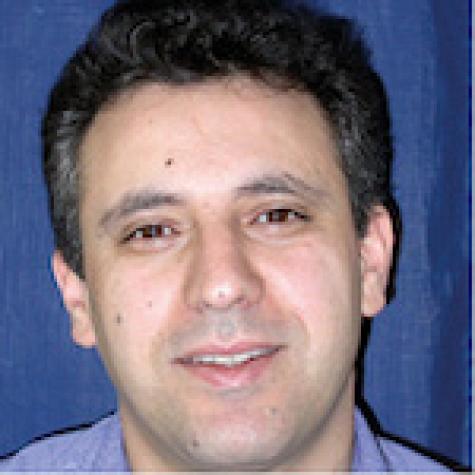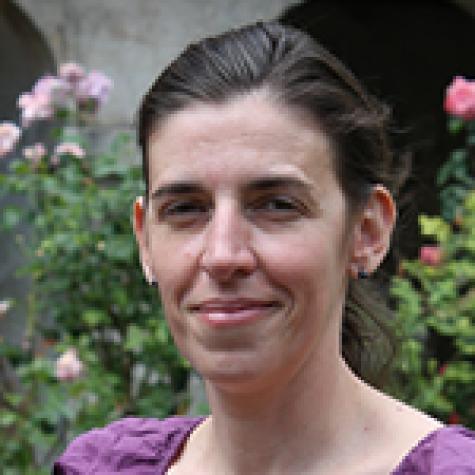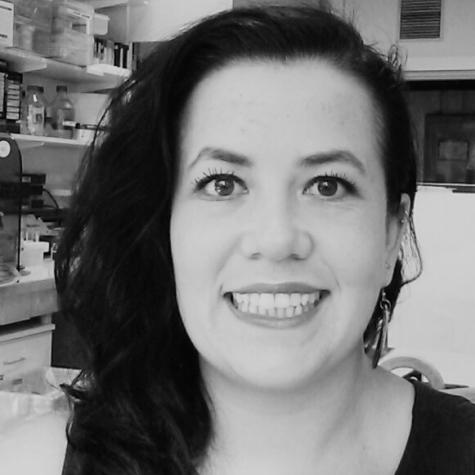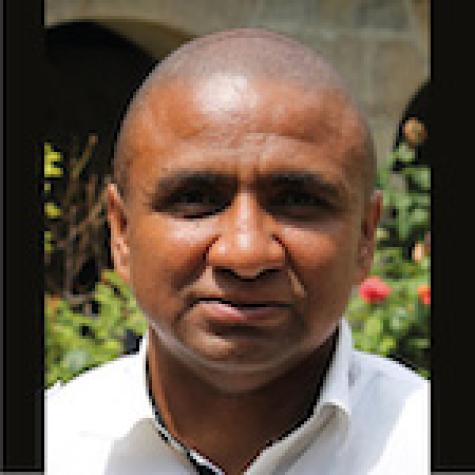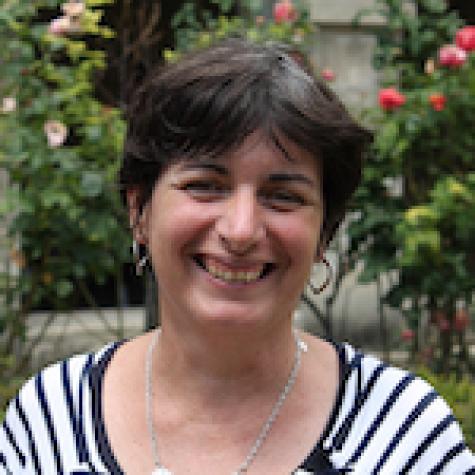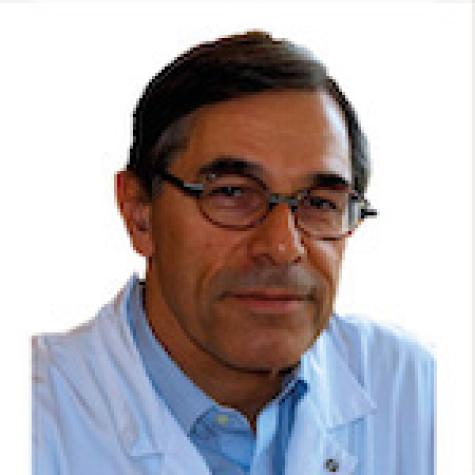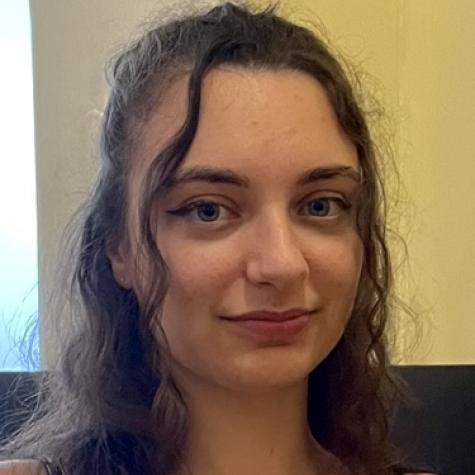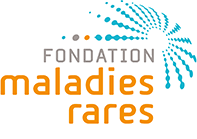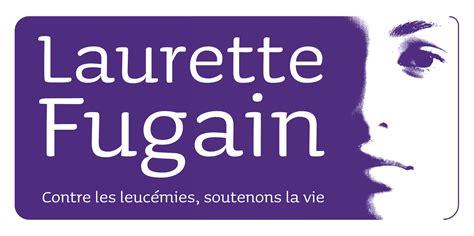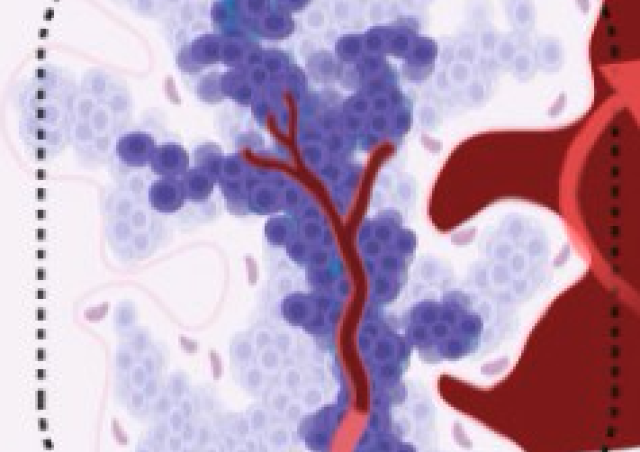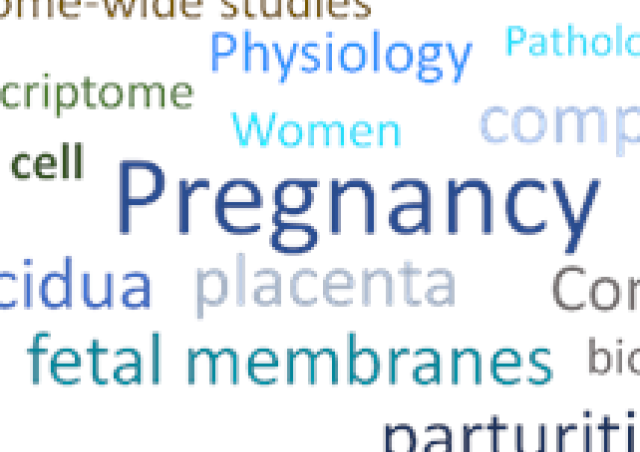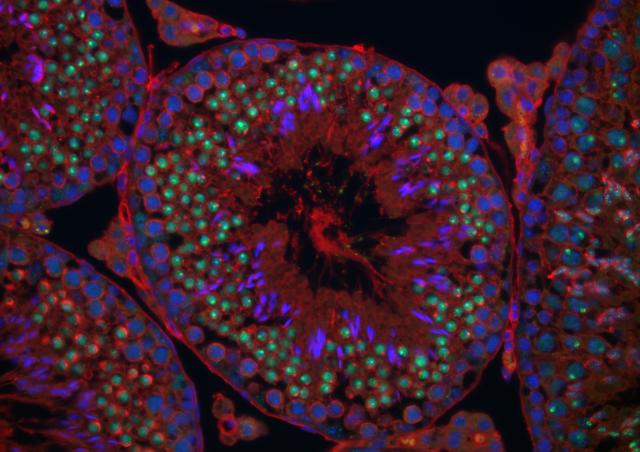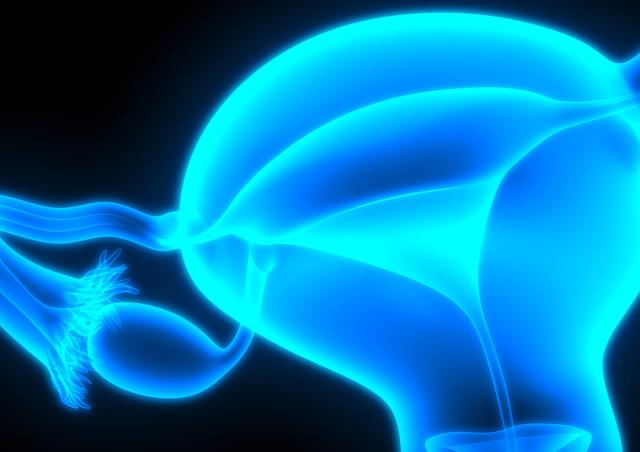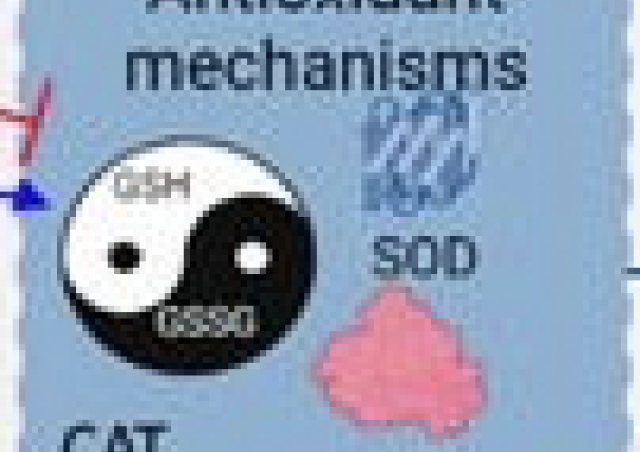Project members
Project
We are interested in all aspects related to the last step leading to fertilization in mammals, namely the interaction between a sperm and an oocyte. We study the different stages of spermatogenesis allowing the maturation of sperm into fertilization-competent gametes (capacitation, acrosomal reaction). We work to identify the genes coding for molecules essential for the adhesion and fusion of gametes, the ultimate stage before the creation of a zygote and try to understand their mechanisms of action and their interactions. We are interested in patients affected with male infertility of genetic origin that could compromise one of these processes. We are studying the phenomenon of membrane polyspermy block, a mechanism of the oocyte that restricts fertilization to a single sperm and avoids the generation of abnormal embryos. Finally, our knowledge of the mechanisms of fertilization allow us to consider a new paradigm of contraceptive approaches, non-hormonal, that would directly target molecules essential for fertilization and prevent their interaction. Our research focus on the mouse model but are applied when possible to human normal and pathological cases.
News:
February 2023: congratulations to Sophie Dupuis for obtaining a prize for "best presentation" at Cochin PhD days

Our scientific questions:
- What are the genes involved in spermatogenesis that allow sperm maturation and prepare them for fertilization?
- What are the roles of families of proteins expressed by the oocyte and the sperm (Integrins, tetraspanins, Adams, GPI-APs and Immunoglobulins) during fertilization?
- What are the genes essential for gamete adhesion and fusion?
- Which genes are mutated in infertile patients? (exome analysis of patient cohorts).
- How can the oocyte membrane prevent the entry of further sperm and block polyspermy?
- Can antibodies directed against fertilization molecules be an effective non-hormonal contraceptive approach?
- Can spermatogonial stem cells be isolated from immature testicular tissue in prepubertal boys facing a gonadotoxic treatment to preserve their fertility?







